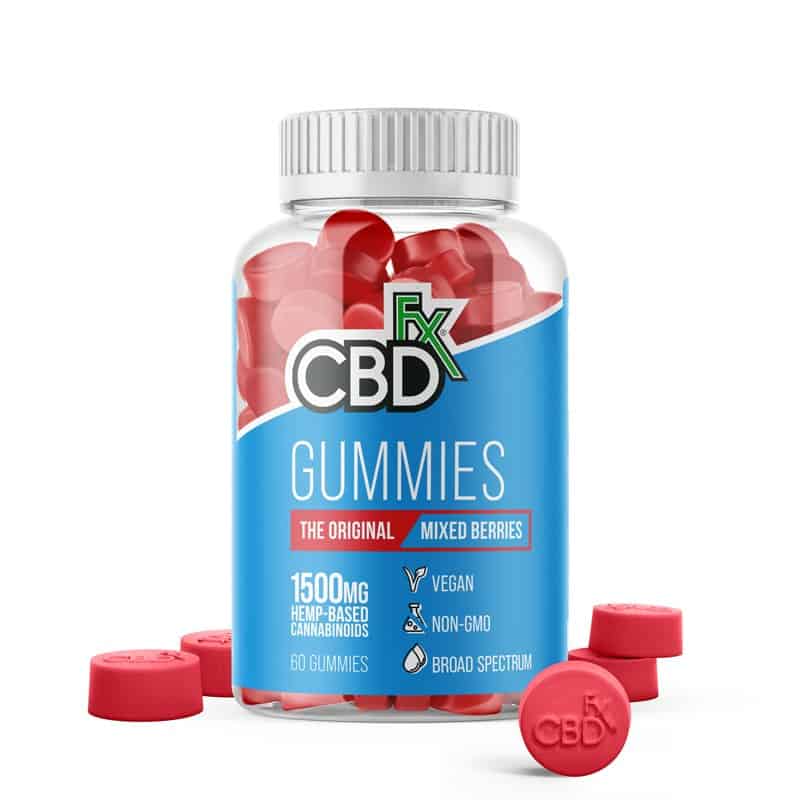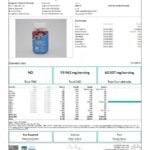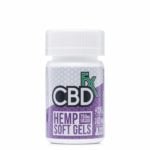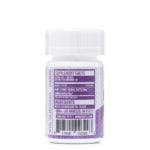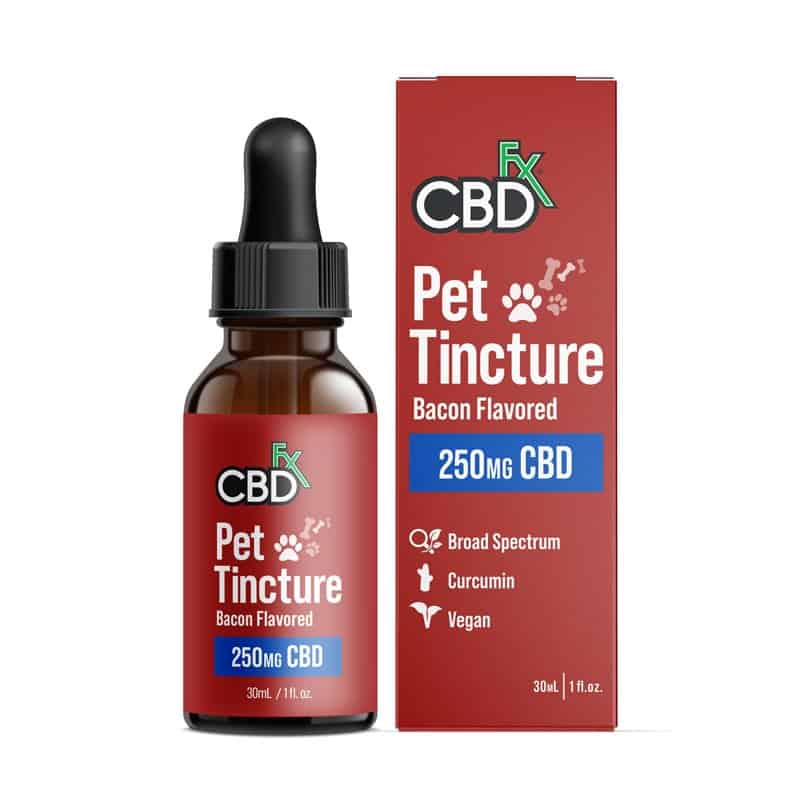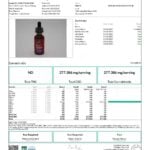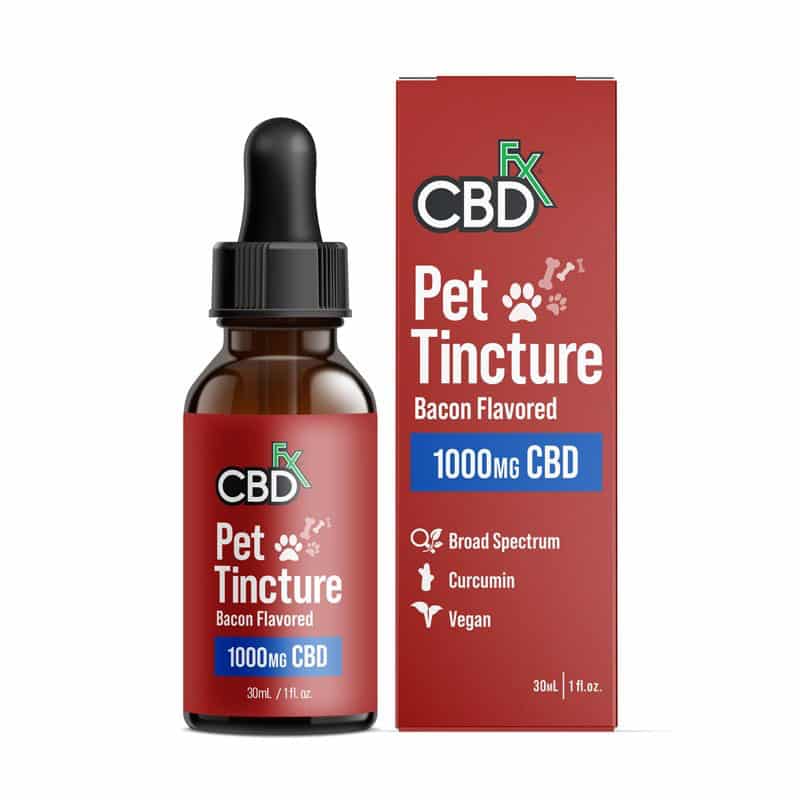
Can Eating Weed Get You High
Can consuming marijuana through ingestion lead to a psychoactive experience? This article aims to explore the effects of eating weed, also known as edibles, on the human body and whether it can induce a “high.” We will discuss the process of metabolizing THC, the differences between smoking and eating weed, dosing considerations, potential risks, and tips for a safe experience.
This post is intended as information and for general knowledge only. It is not a substitute for medical advice, diagnosis, or treatment. It is recommended that you talk to a healthcare professional about this before introducing cannabinoids into your daily routine (especially if you have been diagnosed with any medical conditions or are under any medication). It is not recommended to drive or operate any machinery when using cannabis- or hemp-derived products. Use responsibly!
How Edibles Work in the Body
Tetrahydrocannabinol (THC) is the primary psychoactive cannabinoid found in cannabis. When consumed, THC interacts with the endocannabinoid system, a complex network of receptors responsible for regulating various physiological processes. THC binds to cannabinoid receptors (CB1 and CB2) in the brain and body, resulting in psychoactive effects.
When cannabis is ingested, the body processes THC differently compared to smoking or vaping. The liver plays a crucial role in metabolizing THC into 11-hydroxy-THC, a more potent form of the compound. This process takes time, leading to a delayed onset of effects, which can range from 30 minutes to 2 hours, depending on various factors.
Key Differences Between Eating Weed and Smoking Vaping
Bioavailability refers to the amount of a substance that enters the bloodstream and is available for the body to use. Inhaled THC has higher bioavailability compared to orally ingested THC, resulting in faster onset and potentially more immediate effects. On the other hand, edibles take longer to produce effects due to the digestion and metabolism process.
The intensity and duration of the high also vary between edibles and smoking/vaping. Edibles may produce a stronger and more long-lasting effect due to the conversion of THC into 11-hydroxy-THC. The duration of the high can last anywhere from 4 to 12 hours, depending on the dose, individual tolerance, and metabolism.
Factors Affecting the Potency of Edibles
Determining the appropriate dosage for edibles is crucial to avoid overconsumption and potential adverse effects. Factors such as individual tolerance, metabolism, body weight, and prior experience with cannabis play a significant role in finding the right dose. “Start low, go slow” is a fundamental principle to ensure a safe and comfortable experience with edibles.
There can be differences in potency and safety between homemade and commercially available edibles. Accurate labelling on commercially available edibles is essential to know the THC content per serving, while homemade edibles require careful measurement and consideration of potency.
Potential Risks and Side Effects
Overconsumption of edibles can lead to an overwhelming high, anxiety, paranoia, and physical discomfort. Symptoms of overdose may include rapid heart rate, severe nausea, vomiting, and loss of coordination. It is vital to be aware of the potential risks and take precautions to avoid unintentional overconsumption.
Consuming edibles can be challenging for inexperienced users due to the delayed onset of effects. Waiting for at least 2 hours before considering redosing is essential to avoid consuming more than intended.
Interactions between THC and certain medications can be a concern. It is advisable for individuals taking medications to consult with a healthcare professional before consuming edibles to avoid potential adverse reactions.
Tips for Safe Consumption
Starting with a low dosage and gradually increasing it, as needed, is key to finding the right level of THC for individual tolerance. Microdosing is a helpful strategy for those new to edibles or with low THC tolerance.
During the waiting period for the effects to manifest, engaging in relaxing activities can reduce anxiety or restlessness. Consuming edibles in a comfortable and familiar setting with a sober and trusted friend present can create a controlled environment for a safe experience.
Conclusion
Eating weed can indeed get you high, but the effects differ from smoking marijuana. The process of metabolizing THC in the liver leads to delayed onset and potentially longer-lasting effects. Understanding the differences between consuming edibles and other methods of marijuana use is crucial for responsible consumption.
By considering dosage, potency, potential risks, and safe consumption practices, individuals can enjoy the therapeutic benefits of cannabis edibles while minimizing adverse effects. Public health and mental health awareness play a vital role in promoting responsible and informed cannabis consumption. Educating others about the differences and risks associated with edibles can contribute to a safer and more enjoyable experience with cannabis products.
Also Interesting:
THC Effects: Understanding the Impact of Tetrahydrocannabinol








